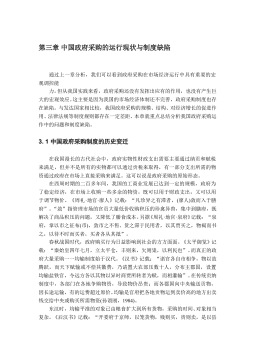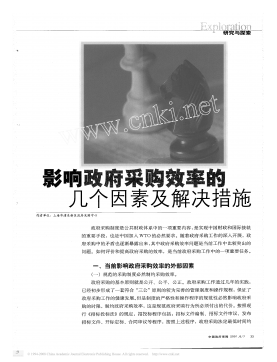压电谐振传感器在流体密度测量中的研究
摘要流体(气体或者液体)密度测量在日常生活和工作中会常常遇到。传统密度测量方法主要是根据密度公式=m/V或阿基米德原理来实现的,这两种测量方法要么花费时间,要么测量精度较低。因此,近年来,人们提出了很多可快捷准确进行密度测量的新方法,利用谐振式压电传感器来实现液体或气体密度的快捷及高精度测量的方法就是其中之一。本文研究的谐振式传感器采用玻璃作为谐振片,通过分别粘贴在薄玻璃片两面的具有高压电常数、柔韧性好、易于加工的聚偏氟乙烯薄膜(PVDF),实现谐振传感器的激发和测量。本文,首先制作了谐振式压电传感器,并组建了谐振测试系统;其次,通过在空气中测量谐振片的谐振频率,然后;将测得的频率与理论计算的...
相关推荐
-
南京监狱罪犯危机干预系统评估报告VIP免费

 2024-10-15 6
2024-10-15 6 -
中国政府采购制度研究VIP免费

 2024-10-15 9
2024-10-15 9 -
政府采购运行效率要素分析VIP免费

 2024-10-15 7
2024-10-15 7 -
政府采购效率浅析VIP免费

 2024-10-15 7
2024-10-15 7 -
政府采购的效率从何而来VIP免费

 2024-10-15 7
2024-10-15 7 -
正确的政府采购效率观VIP免费

 2024-10-15 6
2024-10-15 6 -
影响政府采购效率的因素分析及对策VIP免费

 2024-10-15 7
2024-10-15 7 -
影响政府采购效率的几个因素及解决措施VIP免费

 2024-10-15 8
2024-10-15 8 -
学好政府采购法_提高中央国家机关单位政府采购工作效率VIP免费

 2024-10-15 13
2024-10-15 13 -
完善政府采购法规提高政府采购效率VIP免费

 2024-10-15 18
2024-10-15 18
相关内容
-

创青春-公益创业赛项目书
分类:行业资料
时间:2025-01-09
标签:无
格式:DOCX
价格:10 积分
-

茶文化-剪纸公益项目计划书
分类:行业资料
时间:2025-01-09
标签:无
格式:DOC
价格:10 积分
-

xxx公益创业大赛策划书
分类:行业资料
时间:2025-01-09
标签:无
格式:DOC
价格:10 积分
-

“筑爱助残-共享阳光”公益项目说明书
分类:行业资料
时间:2025-01-09
标签:无
格式:DOC
价格:10 积分
-

2017 常州市继续教育公共《创新案例专题讲座》考题
分类:行业资料
时间:2025-03-06
标签:2017 常州 继续教育 公共 创新案例专题讲座
格式:DOCX
价格:5 积分






